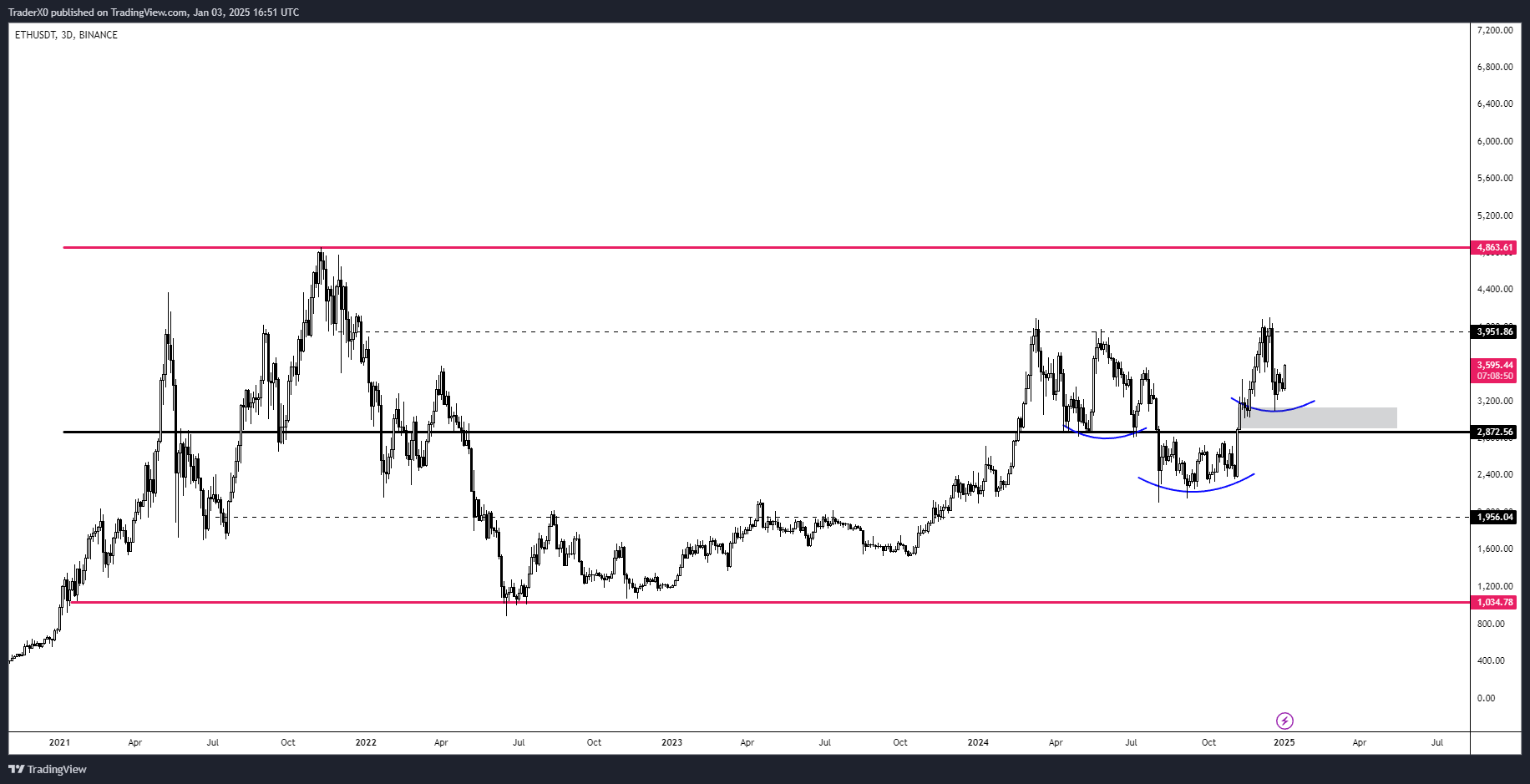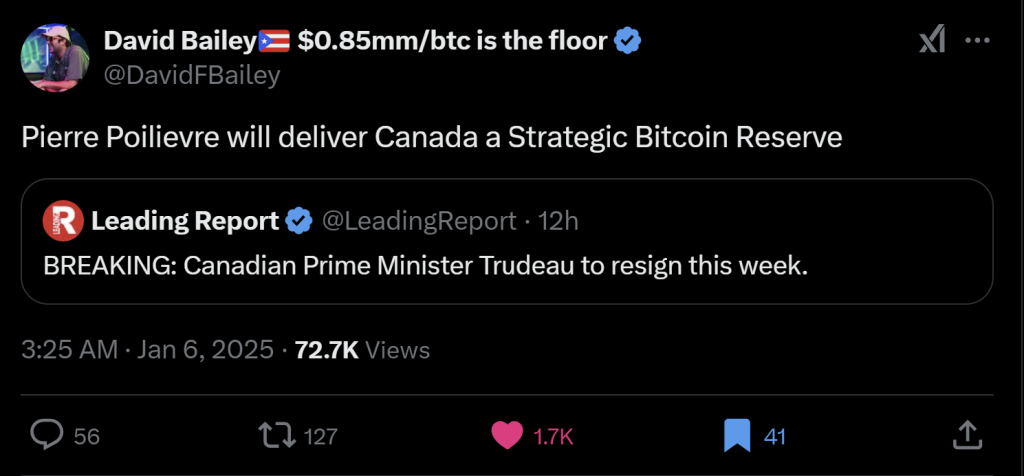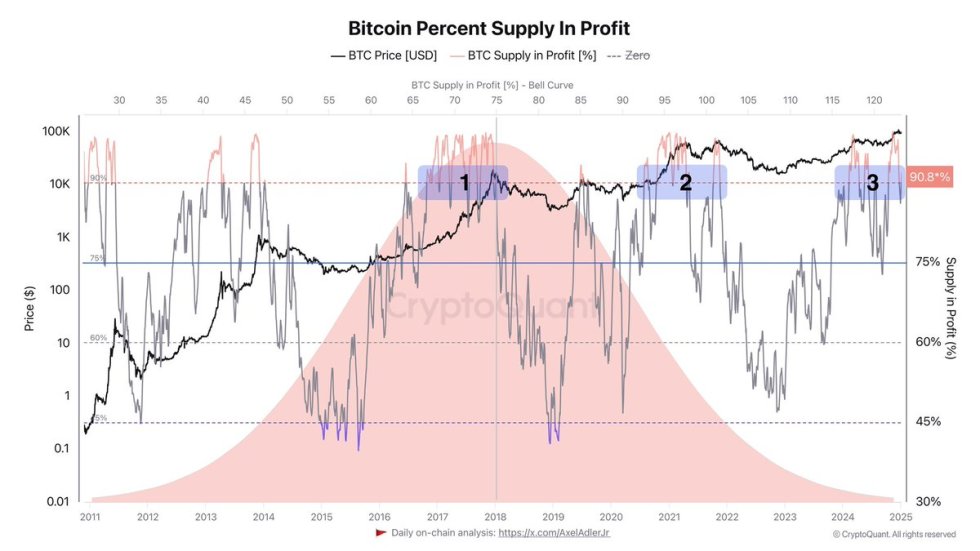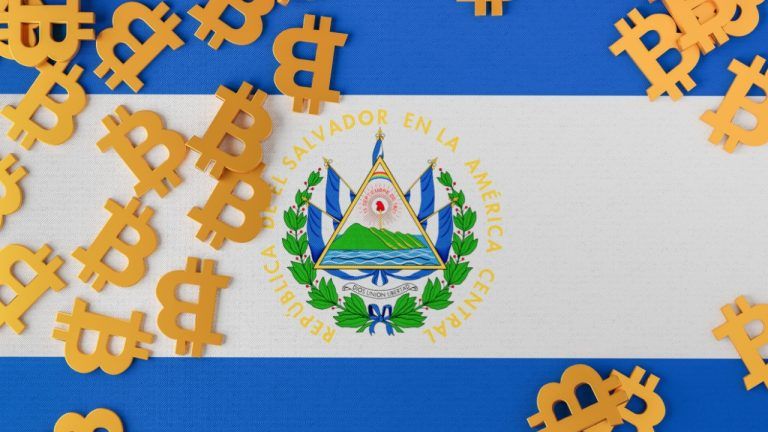 | Bridging EthereumThis post will attempt to explain why interoperability between Ethereum domains is difficult, and from there show why we think NXTP represents the beginning of a true long-term solution for the ecosystem. NXTP - protocol for enabling fully trustless transfers and contract calls between Ethereum-compatible domains (domains = chains & L2s). The Need for Trustless Ethereum InteroperabilityMultichain/L2 Ethereum is here, and it’s here to stay. This has spurred the creation of dozens of new bridges and interoperability protocols as projects have scrambled to enable this functionality for DeFi. As can be expected, this has also brought on a number of high profile hacks and scams:
Despite these examples, every bridging system out there markets itself as trustless, secure, and decentralized (even if that’s not at all the case). This means big challenge for developers and users is now, “how can I figure out which bridging mechanisms are actually cryptoeconomically secure?” In other words, how can users discern between types of bridges to determine who they are trusting when moving funds between chains? What Does “Trustless” Actually Mean in Cryptoeconomics?In the research community, when we talk about cryptoeconomic security and the property of trustlessness, we are really asking one very specific question:
If our goal is to build truly decentralized, uncensorable public goods, then we have to consider that our systems could be attacked by incredibly powerful adversaries like rogue sovereign nations, megacorporations, or megalomaniacal evil geniuses. Maximizing security means maximizing the number and diversity of verifiers (validators, miners, etc.) in your system, and this typically means trying your best to have a system that is verified entirely by Ethereum’s validator set. This is the core idea behind L2 and Ethereum’s approach to scalability.
What Happens If We Add New Verifiers Between Domains?Let’s take what we’ve learned above about cryptoeconomic security and apply it to bridges. Consider a scenario where you have your funds on Arbitrum. You’ve specifically chosen to use this domain because it is a rollup, meaning that (with some reasonable assumptions) your funds are fully secured by Ethereum’s underlying verifiers. In other words, your funds are about as cryptoeconomically secure as they can possibly be in the blockchain ecosystem. Now imagine that you decide to use a bridge to move your funds cheaply and quickly to Optimism. Optimism is also trustless, so you feel comfortable having your funds there knowing that they will share the same level of security (Ethereum’s security) that they do on Arbitrum. However, the bridge protocol that you use utilizes it’s own set of external verifiers. While this may not initially seem like a big deal, your funds are now no longer secured by Ethereum, but instead by the verifiers of the bridge:
Despite having waited years for secure, trustless L2s, your situation is now the same as if you had used a trusted sidechain or L1 construction. The key takeaway is that cryptoeconomic systems are only as secure as their weakest link. When you use insecure bridges, it doesn’t matter how secure your chain or L2 is anymore. And, similar to the security of L1s and L2s, it all comes entirely down to one question: who is verifying the system? The Interoperability TrilemmaNow we get to the thesis of this article, and the mental model that should drive user and developer decisions around bridge selection. Similar to the Scalability Trilemma, there exists an Interoperability Trilemma in the Ethereum ecosystem. Interop protocols can only have two of the following three properties:
How Do Connext and NXTP Fit Into This?There’s no easy way for us to get all three desireable interoperability properties. We’ve realized, however, that we can take the same approach to solving the Interoperability Trilemma that Ethereum does to solving the Scalability Trilemma. Ethereum L1 optimizes for security and decentralization at the cost of scalability. The rationale behind this is that these properties are likely the most important for the longevity and utility of a blockchain. Ethereum then adds scalability via L2/sharding as a layer on top of an existing secure and decentralized backbone. At Connext, we strongly believe that the interoperability system with the most longevity, utility, and adoptability in the Ethereum ecosystem will be one that is maximally trustless and extensible. For this reason, NXTP is a locally verified system specifically designed to be as secure as the underlying domains while still being usable on any domain. So what about generalizeability? Similar to scalability in the Ethereum ecosystem, we can add generalizeability by plugging in natively verified protocols on top of NXTP (as a “Layer 2” of our interop network!). That way, users and developers get a consistent interface across any domain, and can “upgrade” their connection to be generalized in cases where that functionality is available. This is why we say NXTP is the base protocol of our interoperability network. The full network will be made of up of a stack of protocols which will include NXTP, generalized crosschain bridges specific to a pair of domains, and protocols to connect them all together into one seamless system. About ConnextConnext is a network for fast, trustless communication between chains and rollups. It is the only interoperability system of its type that does this cheaply and quickly without introducing any new trust assumptions. Connext is aimed at developers who are looking to build bridges and other natively cross-chain applications. To date, over $1.5b in transactions have crossed the network. [link] [comments] |

You can get bonuses upto $100 FREE BONUS when you:
💰 Install these recommended apps:
💲 SocialGood - 100% Crypto Back on Everyday Shopping
💲 xPortal - The DeFi For The Next Billion
💲 CryptoTab Browser - Lightweight, fast, and ready to mine!
💰 Register on these recommended exchanges:
🟡 Binance🟡 Bitfinex🟡 Bitmart🟡 Bittrex🟡 Bitget
🟡 CoinEx🟡 Crypto.com🟡 Gate.io🟡 Huobi🟡 Kucoin.




















Comments